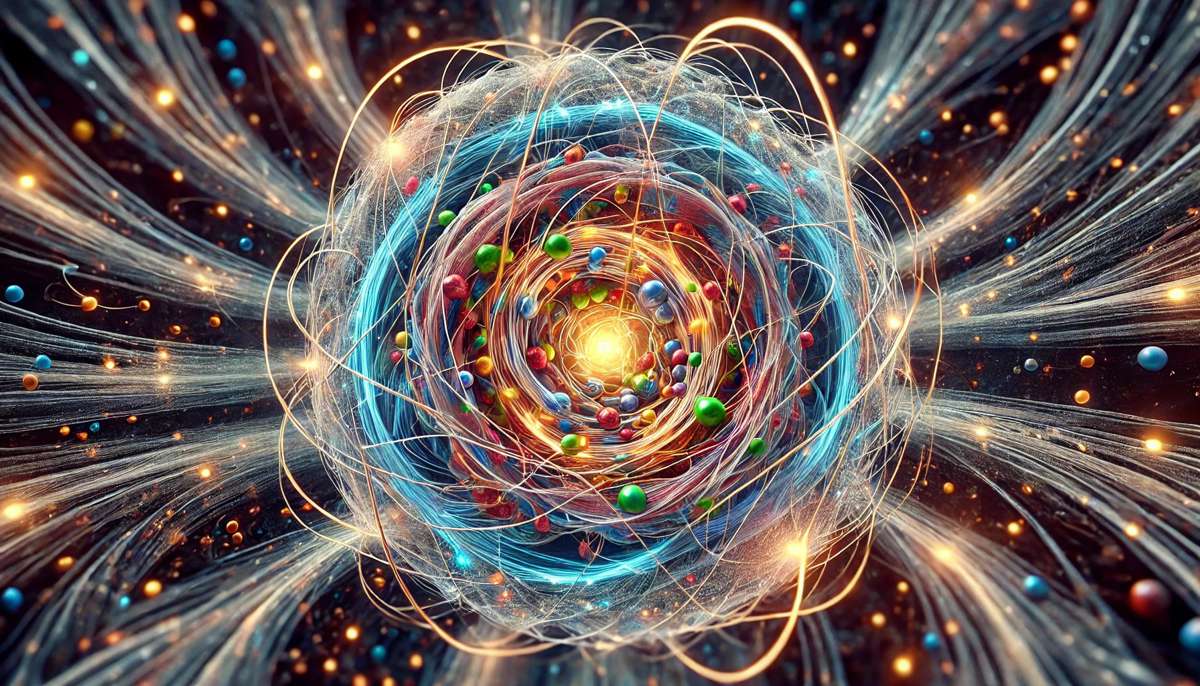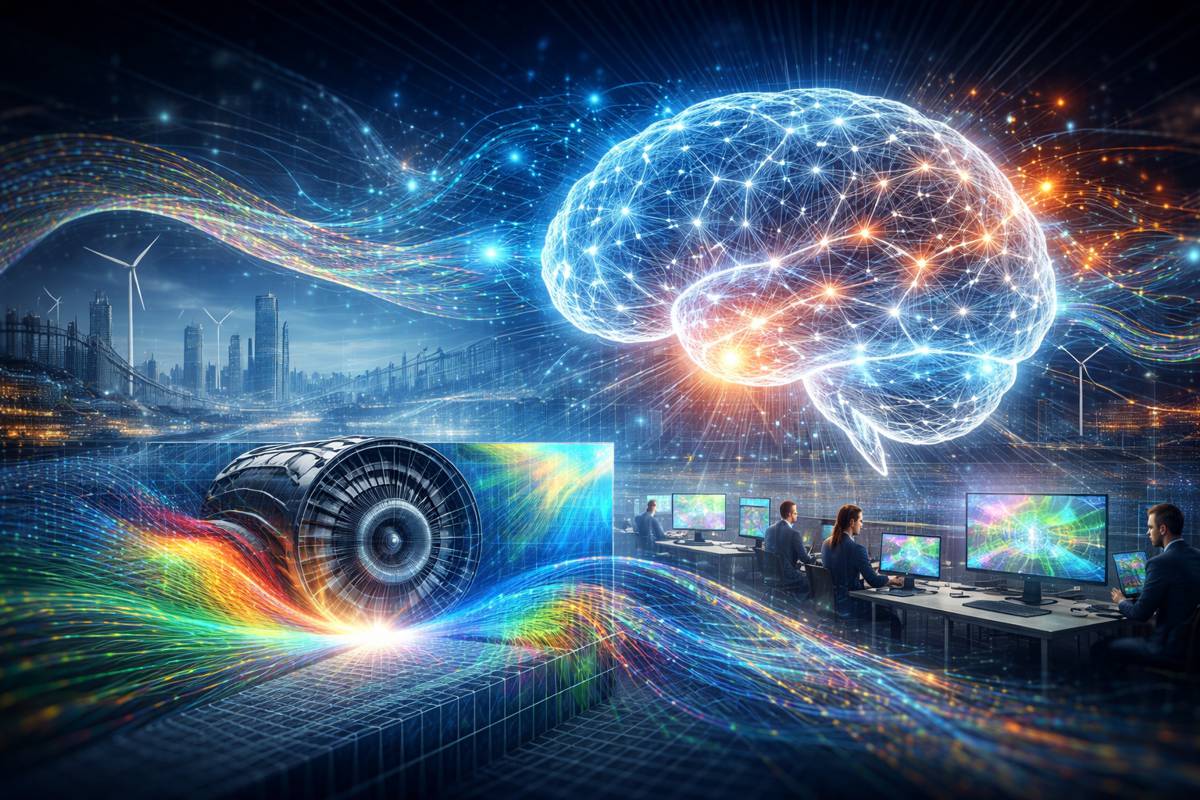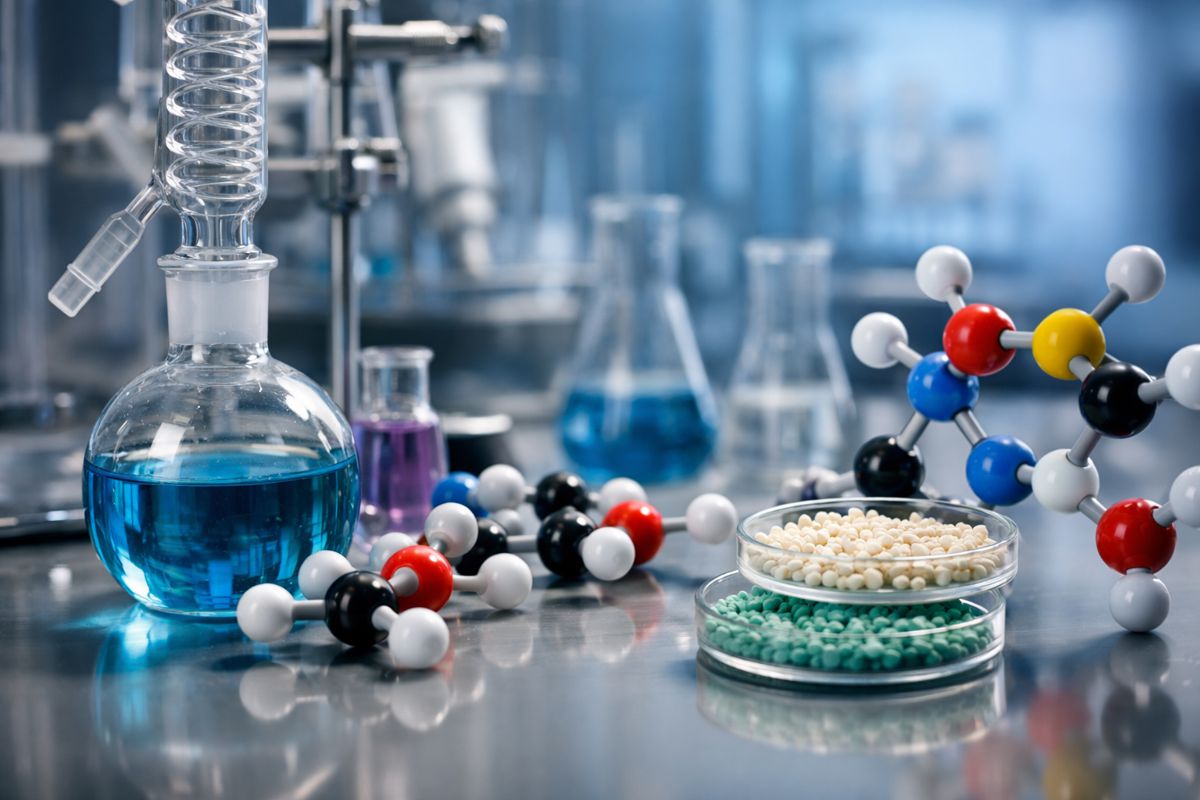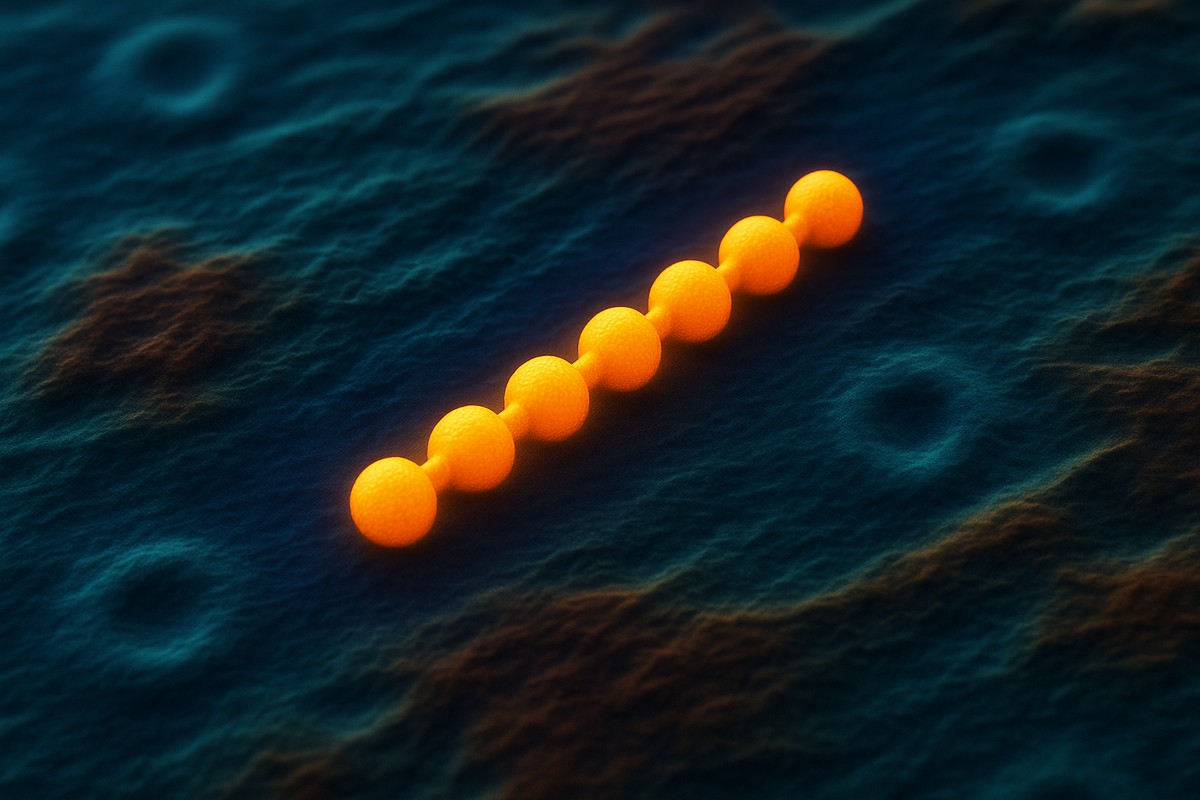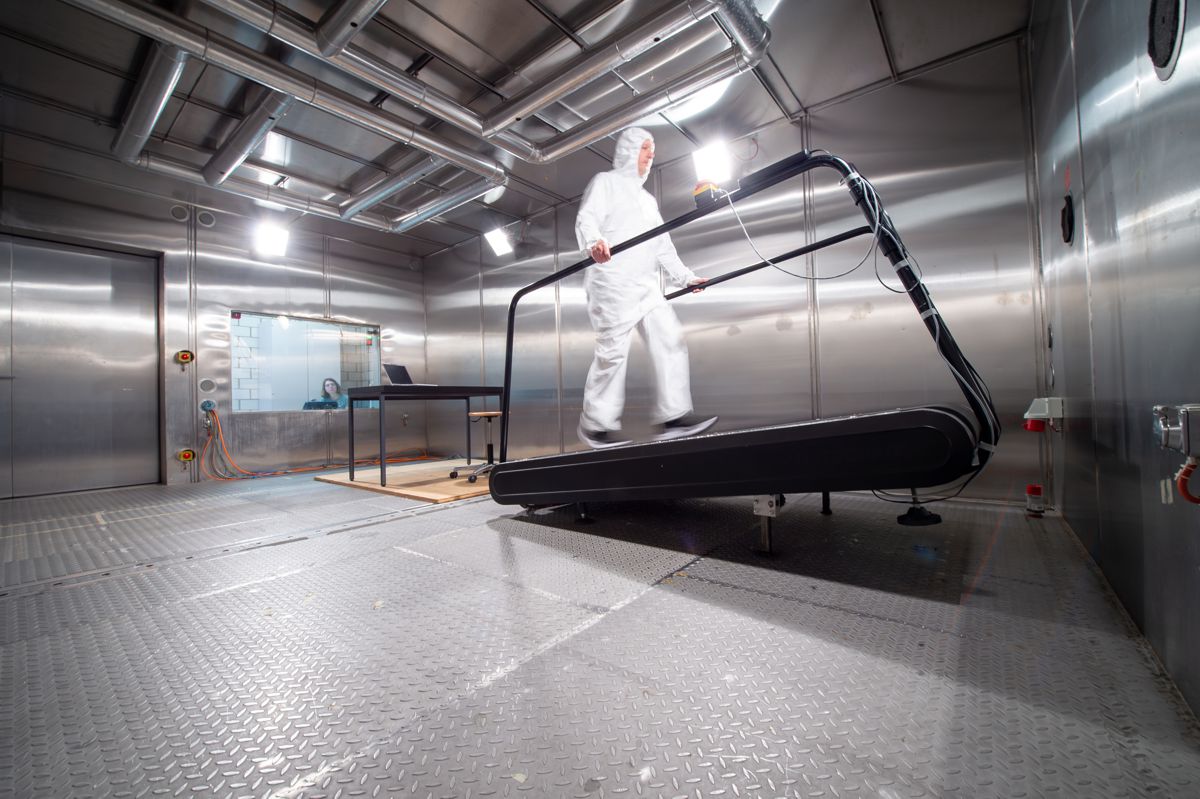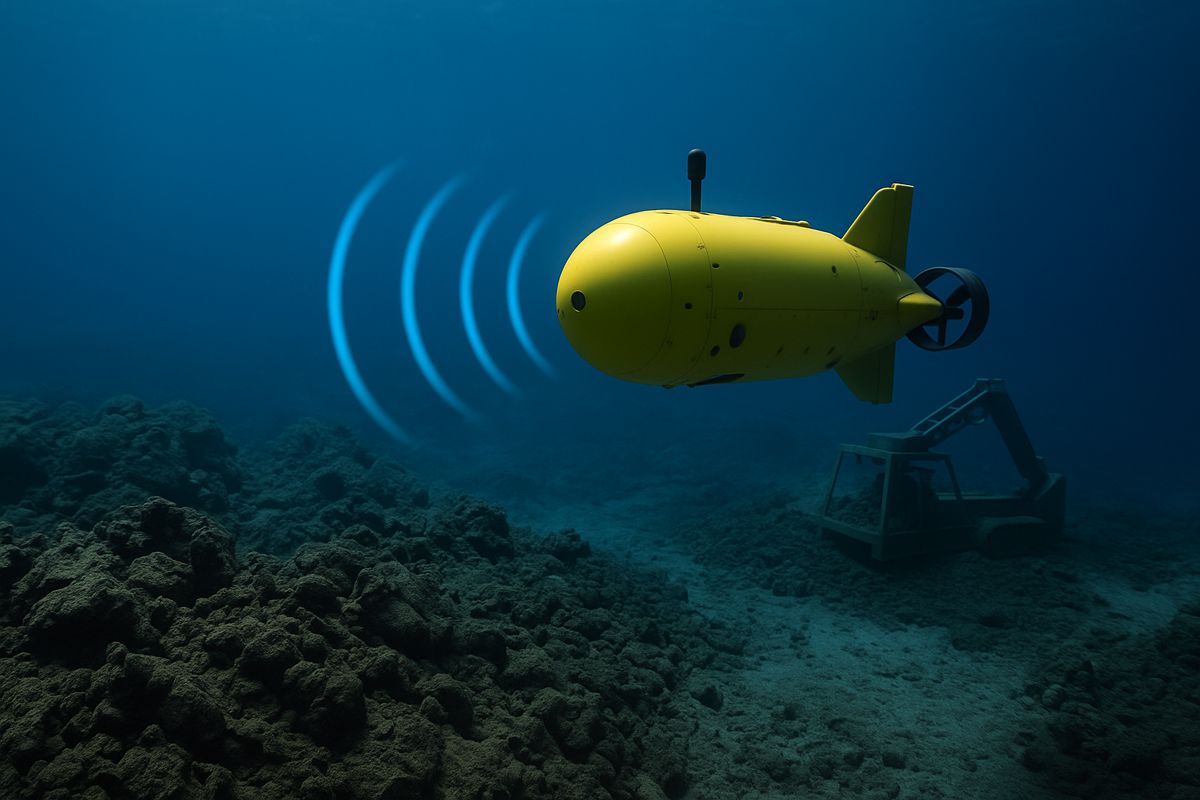Unlocking the Secrets of the Proton with a 3D Map of Matter’s Building Blocks
The seemingly solid world around us isn’t as unyielding as we might think. Beneath the surface of what we perceive as everyday matter, a dynamic universe unfolds within the protons and neutrons at the core of every atom.
These subatomic particles—known collectively as hadrons—are not fixed entities but rather a swirling, interacting cloud of quarks and gluons. A group of leading nuclear physicists, known as the HadStruc Collaboration, has made it their mission to unravel this complex interaction and provide a revolutionary three-dimensional (3D) picture of hadrons.
Based at the U.S. Department of Energy’s Thomas Jefferson National Accelerator Facility (Jefferson Lab), the HadStruc Collaboration has taken a huge step forward in building a mathematical description of how quarks and gluons, collectively called partons, form hadrons. Their breakthrough findings, recently published in the Journal of High Energy Physics, offer a novel way of looking at the very foundations of matter.
The Crucial Role of the HadStruc Collaboration
The HadStruc Collaboration comprises physicists from Jefferson Lab and several prominent universities, including William & Mary, Old Dominion University, and Université de Toulon in France. Their research dives deep into the strong force—the fundamental interaction that binds partons within protons and neutrons.
Joseph Karpie, a key member of the collaboration and postdoctoral researcher at Jefferson Lab’s Center for Theoretical and Computational Physics, highlights the ambition behind their work: “We’re aiming to uncover where and how quarks and gluons are distributed inside the proton,” Karpie explains. It’s not a simple task. The team relies on a technique known as lattice quantum chromodynamics (QCD), a mathematical framework that allows them to simulate and predict the behaviour of partons inside hadrons.
A Quantum Puzzle: Generalised Parton Distributions
To grasp the internal structure of protons and neutrons, the collaboration utilises a sophisticated model known as Generalised Parton Distributions (GPDs). These are a cutting-edge advancement over traditional Parton Distribution Functions (PDFs), providing a more comprehensive understanding of the three-dimensional structure of hadrons.
GPDs offer a unique advantage in that they can help explain one of the biggest unsolved mysteries in particle physics: how the proton gets its spin. Hervé Dutrieux, a post-doctoral researcher at William & Mary, emphasises the significance of this approach: “The 1D PDF gives you a very limited picture. The GPD, however, allows us to explore the deeper questions, such as how the proton’s spin arises,” he notes.
Remarkably, quarks—long thought to be responsible for the majority of a proton’s spin—contribute less than half of it. The rest might come from the spin of gluons and the motion of quarks and gluons inside the proton, something the HadStruc team is now probing using GPDs.
Mapping the Proton’s Structure in 3D
The HadStruc Collaboration’s work doesn’t stop with spin. They’re also investigating another critical aspect of hadrons: the energy momentum tensor. This complex concept describes how energy and momentum are distributed inside a proton and how protons interact with gravity.
Dutrieux adds: “We’re now studying the distribution of matter within the proton, with hopes to eventually understand how these distributions influence interactions with gravity.”
To achieve this, the team conducted 65,000 simulations using advanced supercomputers such as Frontera at the Texas Advanced Computer Center and the Frontier supercomputer at Oak Ridge Leadership Computing Facility. These simulations enabled the team to test their 3D approach thoroughly, marking a major milestone for the Department of Energy’s Quark-Gluon Tomography (QGT) Topical Collaboration.
Supercomputing: The Backbone of Breakthroughs
The computational power needed to simulate the proton’s internal workings is nothing short of staggering. The HadStruc team ran millions of hours of computations to simulate the proton’s behaviour in various conditions. Karpie notes that this is just the beginning: “Our next step is to improve the approximations used in our calculations, but that’s going to be 100 times more expensive in terms of computing time.”
Despite these challenges, the team is optimistic. Their current results have been a resounding success, laying the groundwork for even more accurate simulations in the future. These simulations will eventually allow physicists to predict experimental outcomes before they happen—a significant leap for QCD, which has traditionally been reactive rather than predictive.
Experimental Validation and the Road Ahead
Even as they make strides in theoretical physics, the HadStruc Collaboration is eagerly awaiting experimental confirmation of their work. High-energy experiments at Jefferson Lab and other facilities are already underway, aiming to test the predictions made by GPD theory.
In particular, two key processes—deeply virtual Compton scattering (DVCS) and deeply virtual meson production (DVMP)—are being conducted at Jefferson Lab. These experiments are expected to provide the data needed to refine and validate the team’s 3D models of hadron structure.
Looking forward, Karpie and Dutrieux are particularly excited about the upcoming Electron-Ion Collider (EIC), a particle accelerator being built at Brookhaven National Laboratory. Expected to be a game-changer for high-energy physics, the EIC will allow researchers to explore hadrons at unprecedented levels of detail, pushing the boundaries of what we know about the building blocks of matter.
New Frontiers in Particle Physics
The work of the HadStruc Collaboration is a critical piece of a much larger puzzle. By mapping out the inner workings of hadrons in 3D, the team is laying the foundation for future discoveries that could reshape our understanding of the universe.
As Karpie sums up: “If we can actually get ahead—if we can do something that the experimenters can’t do yet—that would be pretty cool.”
This cutting-edge research, supported in part by Jefferson Lab’s Lab Directed Research & Development (LDRD) program, highlights the power of collaborative science and the importance of continued investment in basic research. The team’s efforts to unlock the secrets of hadrons may very well provide the answers to some of the most fundamental questions in physics.
The Next Chapter in Particle Physics
The future of particle physics is bright, with ongoing experiments and increasingly powerful computational tools enabling physicists to explore deeper into the fabric of matter. The HadStruc Collaboration’s research represents a giant leap forward in our understanding of protons and neutrons, and their work is setting the stage for even greater discoveries in the years to come.
This innovative approach to understanding the building blocks of matter through 3D mapping is not just a milestone—it’s a turning point in modern physics.
